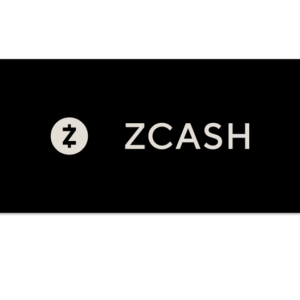$JPM $BAC $COIN
#Stablecoin #Crypto #Blockchain #JPMorgan #BankOfAmerica #FinancialInnovation #DigitalCurrency #RegulatoryChanges #CryptocurrencyMarket #Fintech
In a groundbreaking move that underscores the increasing entanglement of traditional banking with digital currencies, several of the largest US banks including JPMorgan Chase & Co. (JPM) and Bank of America Corp. (BAC), among others, are reportedly in the nascent stages of discussions to launch a collaborative stablecoin. This initiative not only highlights the sector’s acknowledgment of the growing influence of cryptocurrency on the financial landscape but also marks a proactive step by these banking behemoths in embracing the potential shifts in regulatory frameworks surrounding digital currencies.
The impetus behind this move appears to stem from a combination of factors. Chief among them is the burgeoning competition from the crypto industry, which has increasingly encroached on territories traditionally dominated by banks, such as payment processing and remittances. Moreover, the possibility of impending regulatory changes—potentially fostering a more conducive environment for digital currencies—seems to have acted as a catalyst, urging these institutions to take a more hands-on approach in shaping the future of banking and payment systems.
This planned stablecoin venture represents a significant departure from the banks’ erstwhile cautious, if not skeptical, stance towards cryptocurrency. While details regarding the specifics of the stablecoin—such as its backing assets and operational framework—are yet to be disclosed, the collaborative nature of the endeavor is particularly noteworthy. It illustrates a concerted effort by these financial giants to pool their resources and expertise in developing a digital currency that could potentially set a new standard in the realm of stablecoins, combining the reliability and trust associated with traditional banking with the efficiency and innovation of blockchain technology.
The implications of such a launch could be profound, not least for the broader cryptocurrency market. A stablecoin backed by a consortium of America’s banking elite could significantly enhance the credibility and acceptance of digital currencies among both consumers and regulators. Furthermore, it could pave the way for more integrated services combining the best of blockchain and traditional financial systems, leading to innovations in payment solutions, cross-border transactions, and financial inclusivity. However, the success of this initiative would largely hinge on navigating the complex web of regulatory approval, as well as ensuring robust security and privacy measures to win over a rightfully cautious customer base.











Comments are closed.